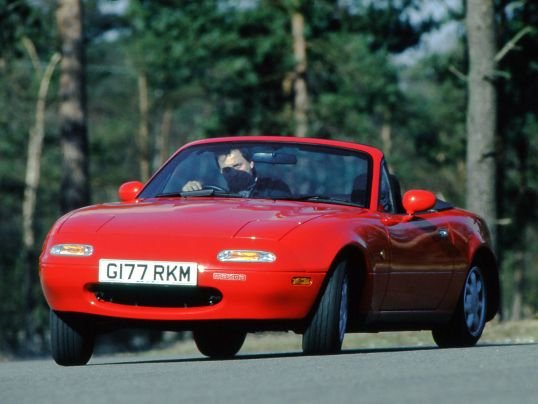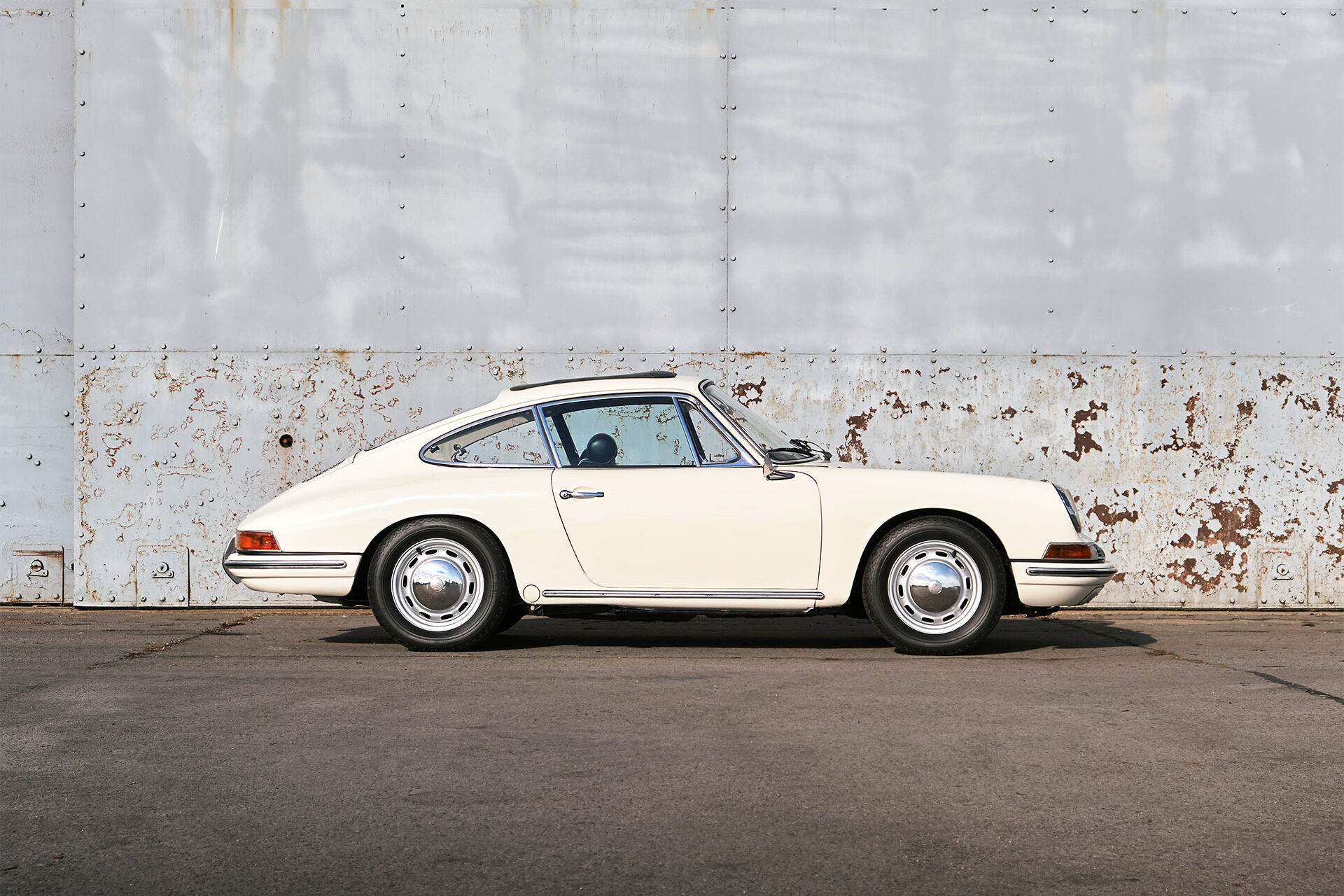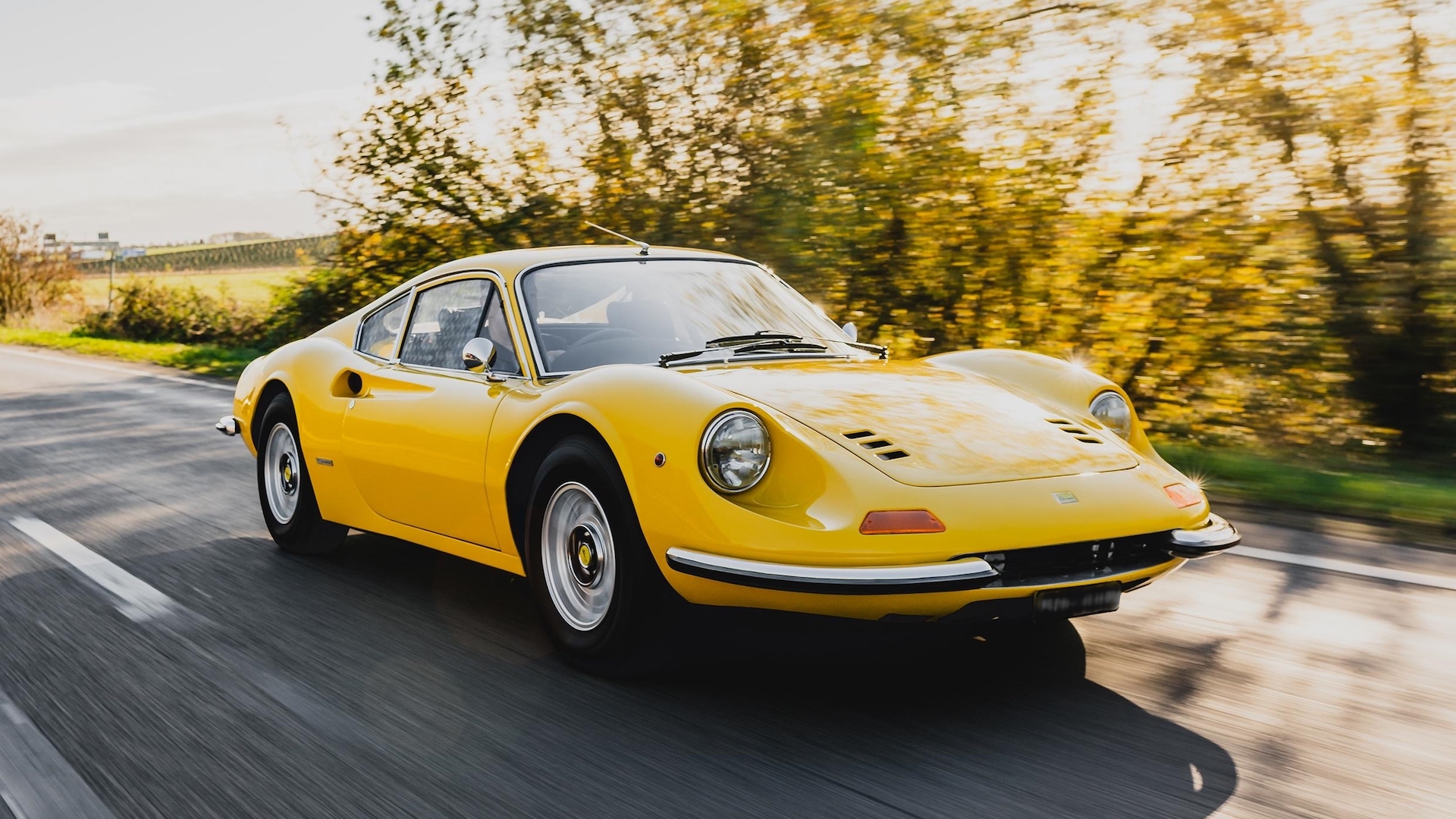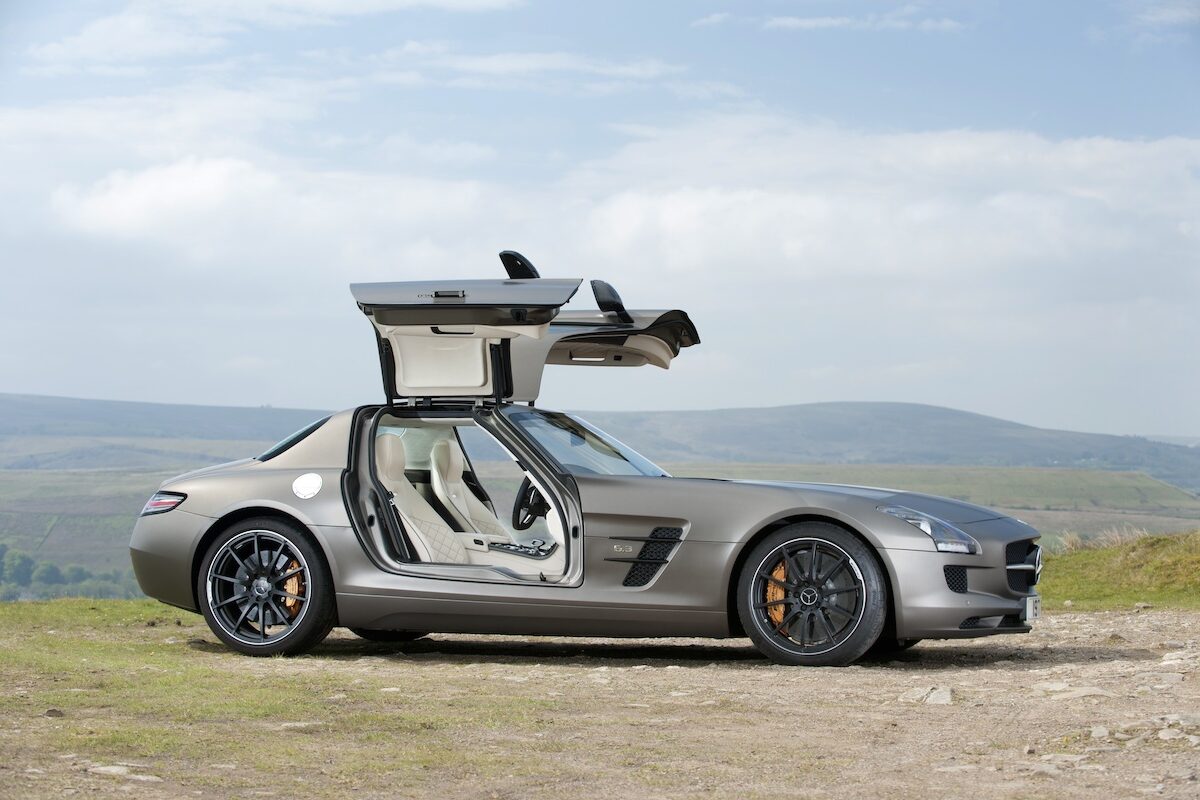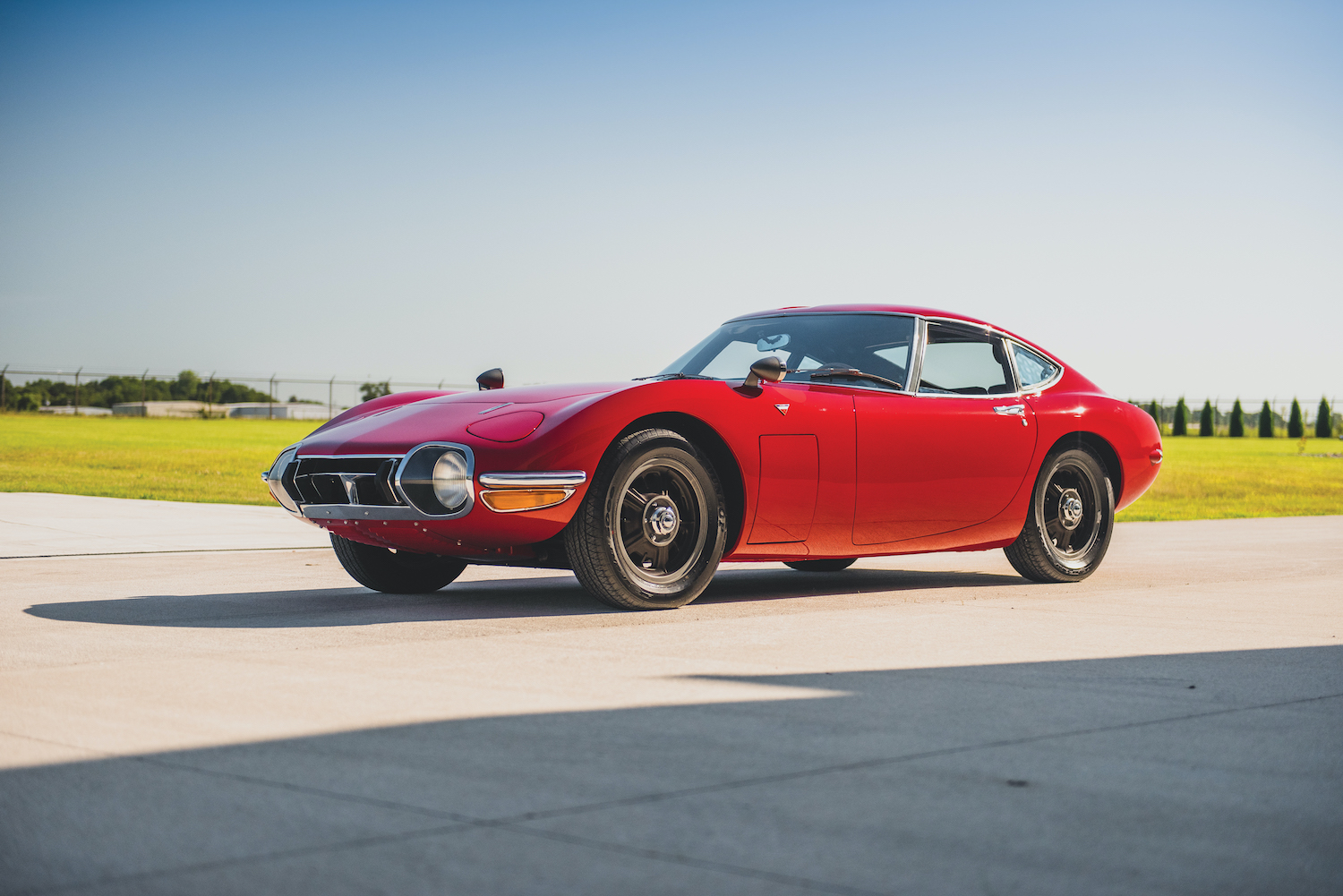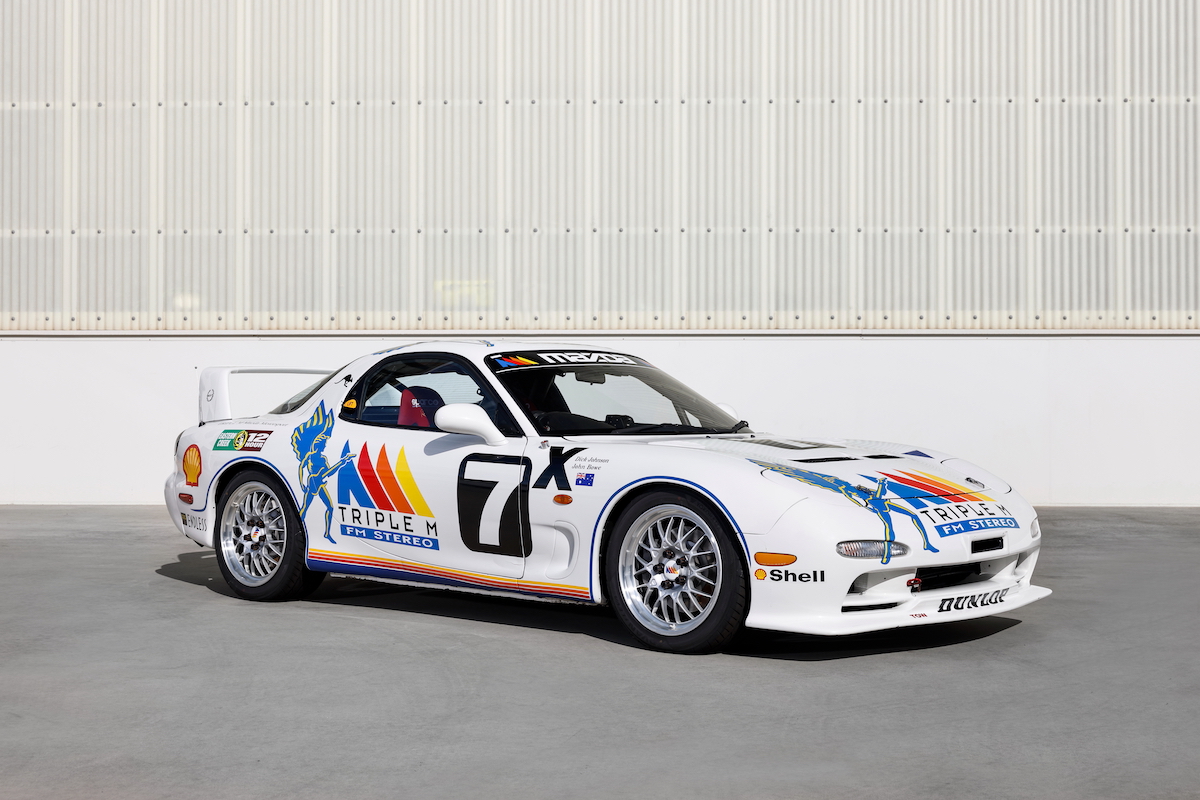Born in 1989 and with cumulative sales in late 2023 totaling more than 1.2 million, the Mazda MX-5 is the world’s most successful sports car. Today, the fourth-generation ND model remains true to the original NA’s ethos of being a lightweight, fun and affordable sports car, ensuring a MX-5 of any era should be on every driving enthusiast’s ‘must have’ list.
Despite the modest 85kW/130Nm outputs of the original 1.6-litre four-cylinder engine, the NA Series MX-5 was greeted with extraordinary enthusiasm.
At introduction in Australia, it was priced at $29,550, with air-conditioning and a hardtop extra. Similar money would buy a Honda CR-X while the Ford Capri Turbo was $2000 cheaper. History will show that the little Mazda has outlived and outsold them both.

Image: wheelsage.org
NA versions might have struggled for performance in a straight line but throw some bends into the mix and perceptions quickly changed. The MX-5’s magic combination of light weight, precise steering, playful chassis and high cornering limits have long made it a favourite for weekend driving thrills and club track days.
By 1994 the NA Series MX-5 had adopted a larger 1839cc engine offering a punchier 98kW/155Nm and extra features including power steering, a CD player, a power antenna and optional four-speed automatic transmission.
Almost a decade after the launch of the original, the second-generation NB MX-5 was revealed at the 1997 Tokyo Motor Show, arriving in Australia in 1998. It was slightly larger and heavier and featured more kit, with a commensurate bump in power and torque to 106kW/165Nm.
Local prices by late 1997 had topped $43,000 but were then trimmed with the arrival of the NB Series to $39,800. That didn’t stop limited production versions like 1999’s 10th Anniversary edition from reaching a lofty $47,000.
Sadly, for people who bought these early versions of the NB, they are available in today’s market for less than an early NA.
Simplicity was pivotal to the MX-5’s success but has also been a factor in its failure to retain value. The Mazda RX-7 and other Mazda rotaries with quirky engineering and extrovert styling now command increasingly significant money, but the MX-5 so far hasn’t followed the trend. While that’s great for buyers, it’s less so for collectors.
Availability is another obvious issue, with 430,000 of the NA Series MX-5 built between 1989-97 and a further 127,700 of the NB Series arriving between 1997-99, it will be decades before any of these become rare.
Cars in the sub-$10,000 bracket needing paint and mechanical refurbishing offer no real saving because repair costs will push your outlay past the price of an already-excellent car.
Things To Watch Out for When Buying a Used Mazda MX-5 (1989-99)
-
Signs of previous crash repairs including poor panel fit and mismatched paint
-
Underbody crush damage, especially to the exhaust
-
Missed services allowing sludge to affect overhead camshaft operation
-
Cooling fans failing to operate
-
Clutch shudder and slave cylinder failure
-
Worn shock absorbers
-
Hood material damaged and window fogged
Valuation Timeline: Mazda MX-5 (1989-99)
-
1995$35,000
-
2005$14,500-58.57%
-
2010$11,500-20.69%
-
2014$9,500-17.39%
-
2024$23,500+147.37%NA Series 1989-1993

